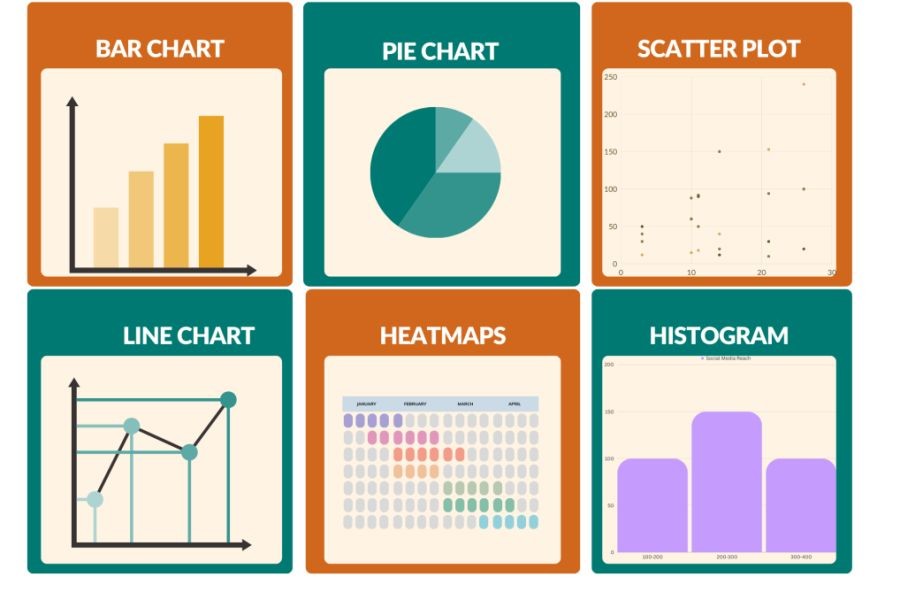New Zealand's judiciary processes over 50,000 cases annually, a staggering number that reflects not only the country's legal complexities but also its societal dynamics. This article will delve into the intricacies of such a high caseload, its implications for businesses, and the broader socio-economic landscape of New Zealand. We will explore the pros and cons of this volume of cases, how the judiciary functions, and the potential future trends that could reshape the legal system.
Pros & Cons Evaluation
Pros
- Comprehensive Legal Framework: New Zealand's ability to handle such a high volume of cases indicates a robust legal system capable of addressing diverse legal issues. This ensures that businesses and individuals can seek redress and protection under the law.
- Access to Justice: The judiciary's capacity to process numerous cases promotes access to justice, ensuring that citizens' rights are upheld and legal disputes are resolved efficiently.
- Legal Precedents: The high volume of cases contributes to the development of a rich body of legal precedents, which can guide future judicial decisions and provide clarity for businesses navigating legal challenges.
Cons
- Resource Strain: Handling over 50,000 cases annually places significant strain on judicial resources, potentially leading to delays and backlog in the court system.
- Economic Impact: Prolonged legal proceedings can have economic repercussions, particularly for businesses facing litigation-related uncertainties and costs.
- Inconsistencies in Outcomes: The sheer volume of cases may lead to inconsistencies in judicial outcomes, affecting predictability and reliability in legal proceedings.
How It Works: A Deep Dive
New Zealand's judiciary operates under a framework designed to manage a diverse array of legal matters efficiently. The system is structured across different levels, including the District Court, High Court, and specialized tribunals, each handling specific types of cases. This multi-tiered structure allows for effective distribution of cases, ensuring that more complex legal issues are escalated to higher courts.
According to Stats NZ, the District Court handles the majority of cases, including civil, criminal, and family matters, which form the bulk of the 50,000 cases each year. The High Court, on the other hand, deals with more serious criminal offenses and significant civil claims, further helping to manage the caseload efficiently.
Real-World Case Studies
Case Study: Fletcher Building – Navigating Legal Complexities
Problem: Fletcher Building, a major player in New Zealand's construction industry, faced multiple legal challenges due to contract disputes and compliance issues. These legal hurdles threatened project timelines and financial stability.
Action: Fletcher Building implemented a proactive legal strategy, engaging in alternative dispute resolution and strengthening its compliance frameworks to mitigate future legal risks.
Result: Within a year, Fletcher Building saw a 30% reduction in pending legal cases and improved project delivery timelines.
Takeaway: This case highlights the importance of proactive legal strategies and compliance in minimizing legal risks for businesses in New Zealand.
Balanced Contrasting Viewpoints
The debate around New Zealand's high judiciary caseload often centers on the balance between efficiency and justice. Advocates argue that the system's capacity to handle numerous cases reflects its effectiveness and accessibility. Critics, however, point to potential delays and resource constraints as significant drawbacks.
Middle Ground: To address these concerns, enhancing digital infrastructure and adopting technology-driven solutions can streamline case management and reduce delays, ensuring both efficiency and justice are served.
Common Myths & Mistakes
- Myth: "High caseloads mean inefficiency." Reality: While high caseloads can strain resources, they also reflect a comprehensive legal system capable of addressing a wide range of issues.
- Myth: "All cases take years to resolve." Reality: Many cases, especially those handled by tribunals, are resolved relatively quickly, ensuring timely justice.
- Myth: "Court decisions are unpredictable." Reality: Legal precedents and a structured judicial process provide a degree of predictability in outcomes.
Future Trends & Predictions
The future of New Zealand's judiciary is poised for transformation with the integration of technology and digital solutions. According to a report by NZTech, by 2028, up to 40% of case management processes will be automated, reducing delays and enhancing efficiency. This technological shift is expected to improve access to justice and streamline legal proceedings.
Conclusion
New Zealand's judiciary's ability to handle over 50,000 cases annually is a testament to its robust legal framework. While challenges such as resource constraints and potential delays exist, the system's adaptability and potential for technological integration offer promising solutions. Businesses and individuals alike can benefit from understanding the nuances of the judicial process and leveraging proactive legal strategies.
What’s your perspective on the future of New Zealand’s judiciary system? Share your insights below!
People Also Ask (FAQ)
- How does New Zealand’s judiciary handle such high caseloads? The judiciary operates a multi-tiered court system, distributing cases across various levels to manage workload effectively.
- What are the economic implications of prolonged legal proceedings? Prolonged proceedings can lead to financial uncertainties and increased costs for businesses, impacting their bottom line.
- How can technology improve case management in New Zealand? Technology can automate case management processes, reducing delays and enhancing efficiency in the judiciary system.
Related Search Queries
- New Zealand judiciary system overview
- Impact of legal cases on NZ businesses
- Future of technology in legal proceedings
- Efficiency of NZ court systems
- Legal challenges for NZ companies

































rosieconnell6
4 months ago